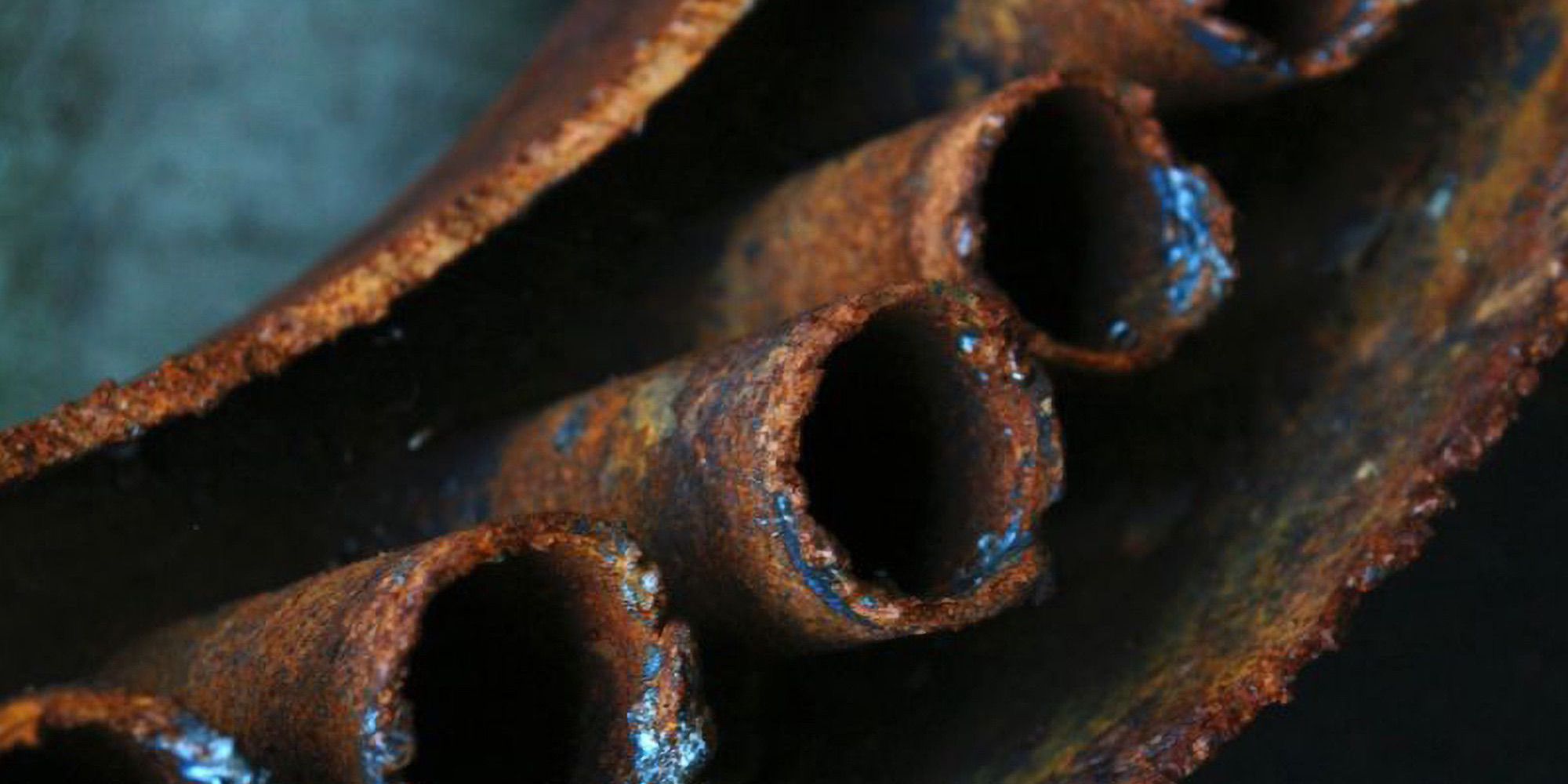The water that is found in nature, that is the water that flows from the springs, which is extracted from the wells, which flows in the rivers and is located in the lakes and seas is never chemically and bacteriologically pure. Water always contains salts, gases and other impurities to a greater or lesser extent.
Several substances can be contained in water:
- Suspended particles (such as sand, clay, organic substances) that float, precipitate or stand in suspension;
- Dispersed colloids (such as metal hydrates, sulfides);
- Gases (such as nitrogen, oxygen, carbon dioxide, ammonia, hydrogen sulfide, methane, chlorine);
- Dissociated salts (such as bicarbonate, potassium, magnesium, calcium, iron);
- Living organisms (such as molds, fungi, algae, bacteria, viruses, etc.)
In addition to these substances, which are normally contained in water, we must remember that there may be a series of chemical compounds produced by technological development and that end up directly or indirectly in the phreatic zone or in the waterways.
For these reasons, when using water in the plants, it must always be treated. The choice of the water treatment depends on the type of plant to be protected.
Examples of typical difficulties caused by substances commonly contained in water are:
Alkalinity
It interferes with many processes for which water is used: it can cause non-homogeneous dyes and a greater consumption of chemicals for the processes that occur in the acid field. In steam generators, it favors foaming and, if very high, it causes corrosion. If coming from bicarbonate decomposition, it causes corrosion due to CO2 in the condensate network.
Ammonia
It causes corrosion of copper, zinc and their alloys
Carbon dioxide
It interferes with some processes for which water is used and causes corrosion in pipes and systems
Chlorides
They increase the salinity of the water and favor oxygen corrosion
Color
It interferes with most of the processes for which water is used and causes stains in dyes and washes
Hardness
It is the main source of incrustations in pipes and plants. It causes a greater consumption of soap in washes and interferes with most of the processes for which water is used.
Iron
It interferes with most of the processes for which water is used and causes stains in dyes, washes, paper production, etc. Causes fouling in pipes and installations.
Hydrogen sulfide
Causes corrosion in pipes and installations
Manganese
It interferes with most of the processes for which water is used and causes stains in dyes, washes, paper production, etc. Causes fouling in pipes and installations.
Nitrates
Their presence is an indication of organic water pollution. Unwanted in drinking water and for food processes, they generally do not disturb industrial processes
Oxygen
It causes corrosion in pipes and installations
Silica
It forms fouling difficult to remove, both in steam generators and especially in steam turbine blades
Sulfates
The increase the salinity of water. They combine with calcium to form encrustations
Organic substances
They interfere with most of the processes for which water is used, often colouring water, and causing stains in dyes and washes. They can also cause unwanted foam formation in processes, steam generators, etc.
Turbidity
It interferes with most of the processes for which water is used and gives it an unpleasant appearance. It causes deposits in pipes and systems.




